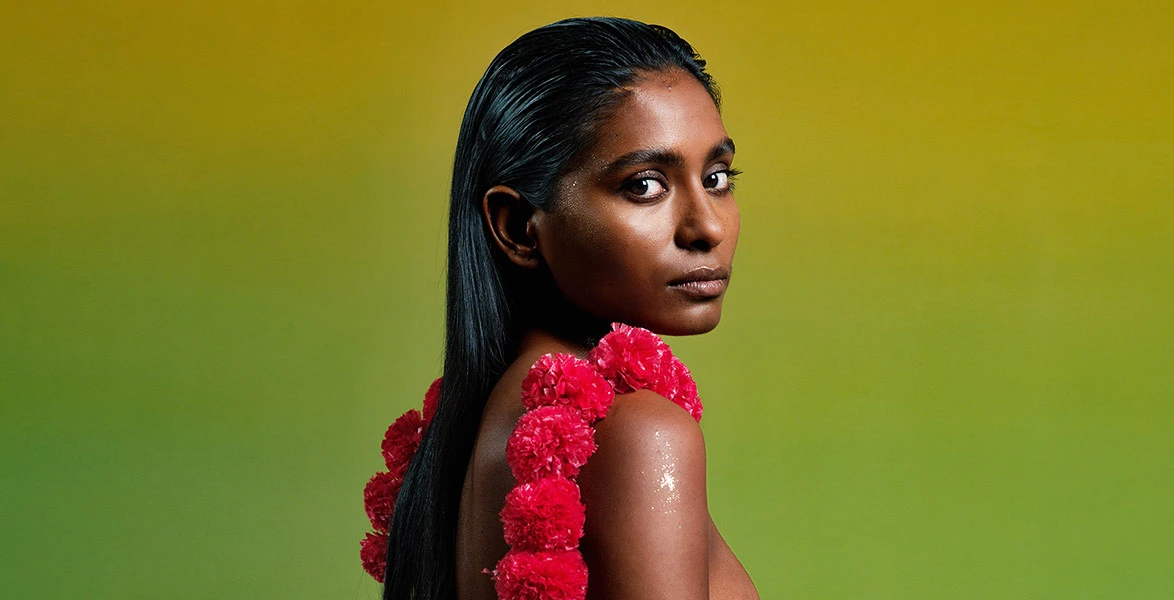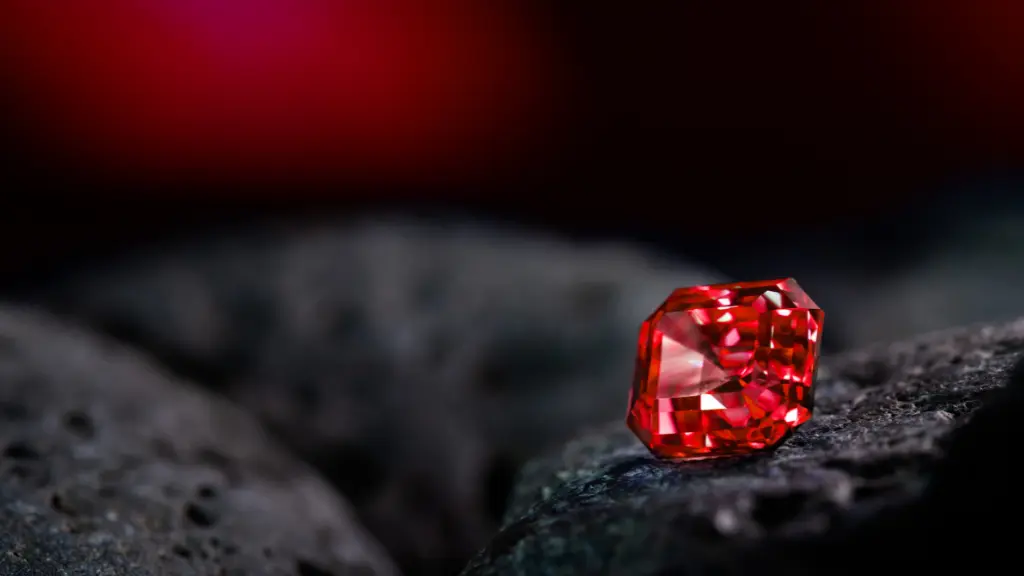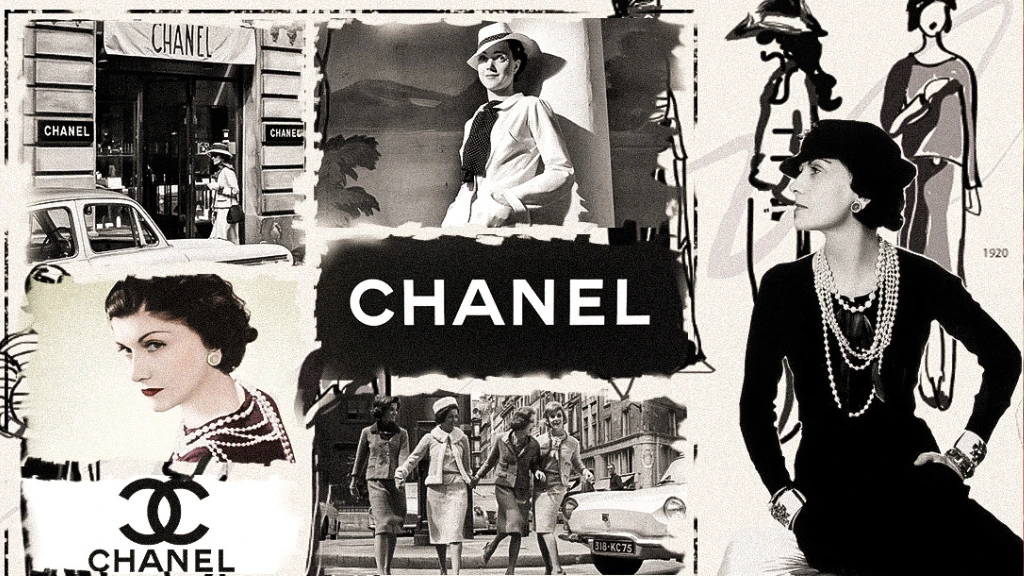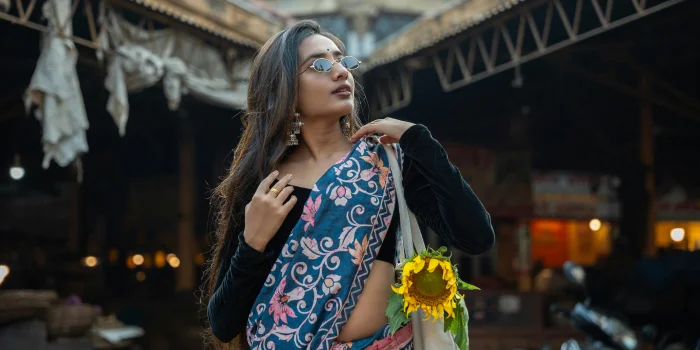India, a country known for its diverse culture, history, and traditions, has a beauty industry deeply tied to its heritage. But as the global beauty industry evolves, a question arises: is India a ‘conservative’ beauty market? Or is it redefining its identity amidst changing consumer preferences?
This article delves into the factors shaping the Indian beauty industry, from cultural norms to global trends, to uncover whether the label “conservative” truly fits.
You May Also Like: Sabyasachi Mukherjee: A Study in Contrasts
1. The Foundation: Cultural Roots in Beauty
Indian beauty standards are steeped in history and culture.
- Ayurveda’s Influence: Ancient beauty practices, such as the use of turmeric, sandalwood, and natural oils, still hold significant value.
- Traditional Ideals: Concepts like fairness and long hair have historically been associated with beauty, influenced by mythology and cinema.
- Minimalism in Tradition: Historically, beauty was about enhancing natural features rather than altering them drastically.
These cultural roots have long dictated how beauty is perceived and practiced in India.
2. The Shift: A Young, Dynamic Demographic
India’s population is predominantly young, with over 50% under the age of 30. This youthful demographic is driving significant change.
- Global Exposure: With the rise of social media and streaming platforms, Indian consumers are exposed to international beauty trends.
- Experimentation: Younger consumers are more open to experimenting with bold makeup, vibrant hair colors, and skincare innovations.
- Urban Influence: Metropolitan cities like Mumbai, Delhi, and Bengaluru are hotspots for modern beauty trends.
This dynamic demographic challenges the notion of India being strictly conservative.
3. The Role of Social Media and Influencers
Social media has transformed the beauty landscape in India.
- Beauty Bloggers: Indian influencers like Shreya Jain and Malvika Sitlani introduce global beauty trends to local audiences.
- Diverse Representation: Campaigns on platforms like Instagram celebrate inclusivity, featuring various skin tones and body types.
- Product Awareness: Tutorials and reviews educate consumers on products ranging from high-end brands to local startups.
Social media has made beauty more accessible and diverse, breaking traditional molds.
4. Global Brands and Local Customization
International beauty brands have recognized the potential of the Indian market.
- Localized Products: Brands like L’Oréal and Maybelline offer products tailored to Indian skin tones and climates.
- Premium Segment Growth: High-end brands such as Estée Lauder and Bobbi Brown are finding a growing audience among urban Indians.
- Collaboration with Tradition: Many global brands incorporate traditional ingredients to appeal to Indian consumers.
These strategies blend global appeal with local relevance, reshaping the beauty market.
5. The Rise of Indie and Homegrown Brands
Local beauty brands have carved a significant niche in the market.
- Ayurveda Meets Modernity: Brands like Forest Essentials and Kama Ayurveda merge traditional wisdom with modern packaging.
- Clean Beauty Movement: Homegrown labels like Plum and Juicy Chemistry cater to the rising demand for cruelty-free and vegan products.
- Affordability and Accessibility: Companies like Nykaa and Sugar Cosmetics provide quality products at competitive prices, making them accessible to a wider audience.
These brands offer alternatives to international giants, promoting unique Indian identities.
6. Skincare Revolution: Beyond Makeup
Indian consumers are prioritizing skincare over makeup.
- Focus on Natural Products: Ingredients like neem, aloe vera, and rose water remain popular in skincare routines.
- Science-Driven Choices: Products featuring retinol, vitamin C, and hyaluronic acid are gaining traction among urban consumers.
- Sun Protection Awareness: Education around SPF and skin health is increasing, especially in cities.
This shift towards skincare reflects a more informed and proactive approach to beauty.
7. Inclusivity: Progress, but Room to Grow
India’s beauty market is making strides in inclusivity, but challenges remain.
- Skin Tone Representation: While there’s more emphasis on diverse skin tones, fairness creams still dominate rural markets.
- Body Positivity: Conversations around body diversity are increasing, but societal pressures persist.
- Gender Neutrality: Male grooming products and unisex beauty lines are slowly gaining popularity.
Inclusivity is a work in progress, with urban areas leading the charge.
8. Rural vs. Urban Divide
The divide between rural and urban beauty preferences remains significant.
- Rural Markets: Traditional products and fairness creams dominate, influenced by limited exposure to global trends.
- Urban Consumers: Cities embrace international trends, with higher spending on premium products.
- Bridging the Gap: E-commerce platforms like Amazon and Flipkart are bringing modern products to rural areas, narrowing the divide.
This divide highlights the complexities of labeling India’s beauty market as conservative.
9. Price Sensitivity and Value Consciousness
Indian consumers are highly price-sensitive, but they value quality.
- Affordable Luxury: Mid-range brands thrive by offering premium experiences at reasonable prices.
- Sample Culture: Consumers often try smaller sizes before committing to full-sized products.
- E-Commerce Discounts: Online sales play a crucial role in driving purchases.
This unique purchasing behavior shapes how brands position themselves in the market.
10. Breaking the Conservative Myth
India’s beauty market is neither entirely conservative nor entirely modern.
- Evolving Preferences: While traditional values influence choices, global trends are reshaping consumer behavior.
- Diverse Market: India’s beauty landscape is as diverse as its culture, with varying preferences across regions.
- Dynamic Growth: The market is growing rapidly, blending tradition and innovation.
India’s beauty market defies a singular label, reflecting its complexity and adaptability.
Final Thoughts: A Market in Transition
India’s beauty industry is a fascinating blend of the old and the new. While cultural roots remain strong, the market is evolving with global influences, social media, and a young, dynamic demographic.
Calling India a “conservative” beauty market oversimplifies its diversity. Instead, it’s a market in transition—embracing change while honoring tradition.
For global and local brands, understanding this balance is key to success in one of the world’s most exciting beauty markets.











[…] You May Also Like: Is India Truly a ‘Conservative’ Beauty Market? […]